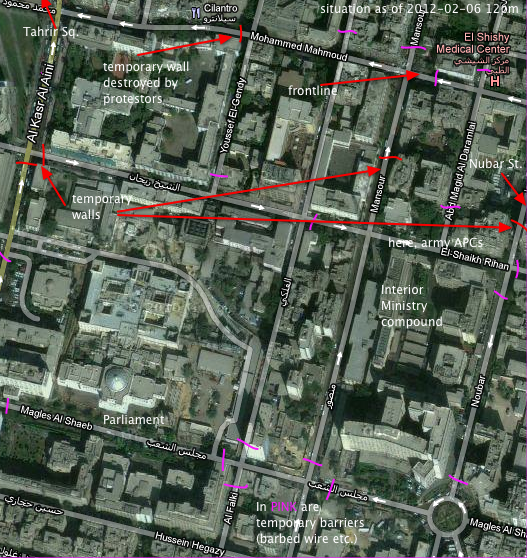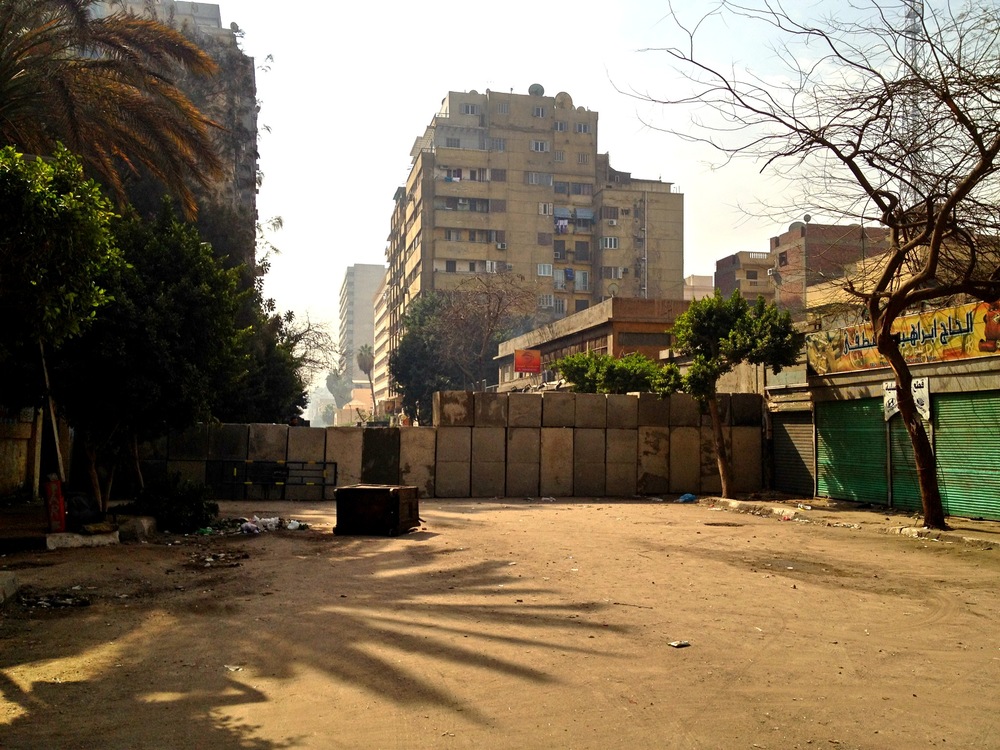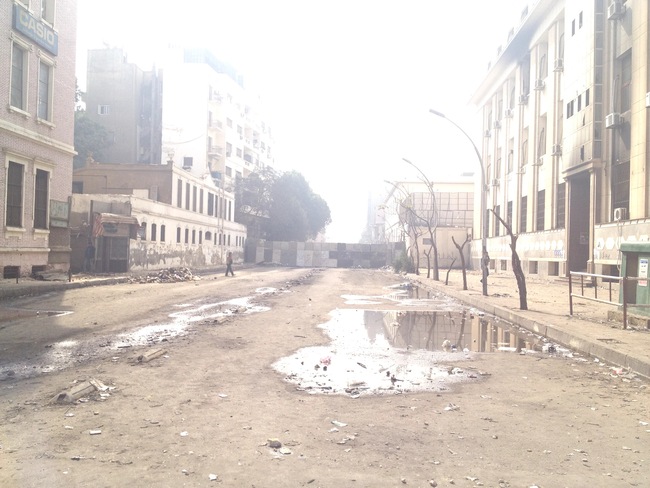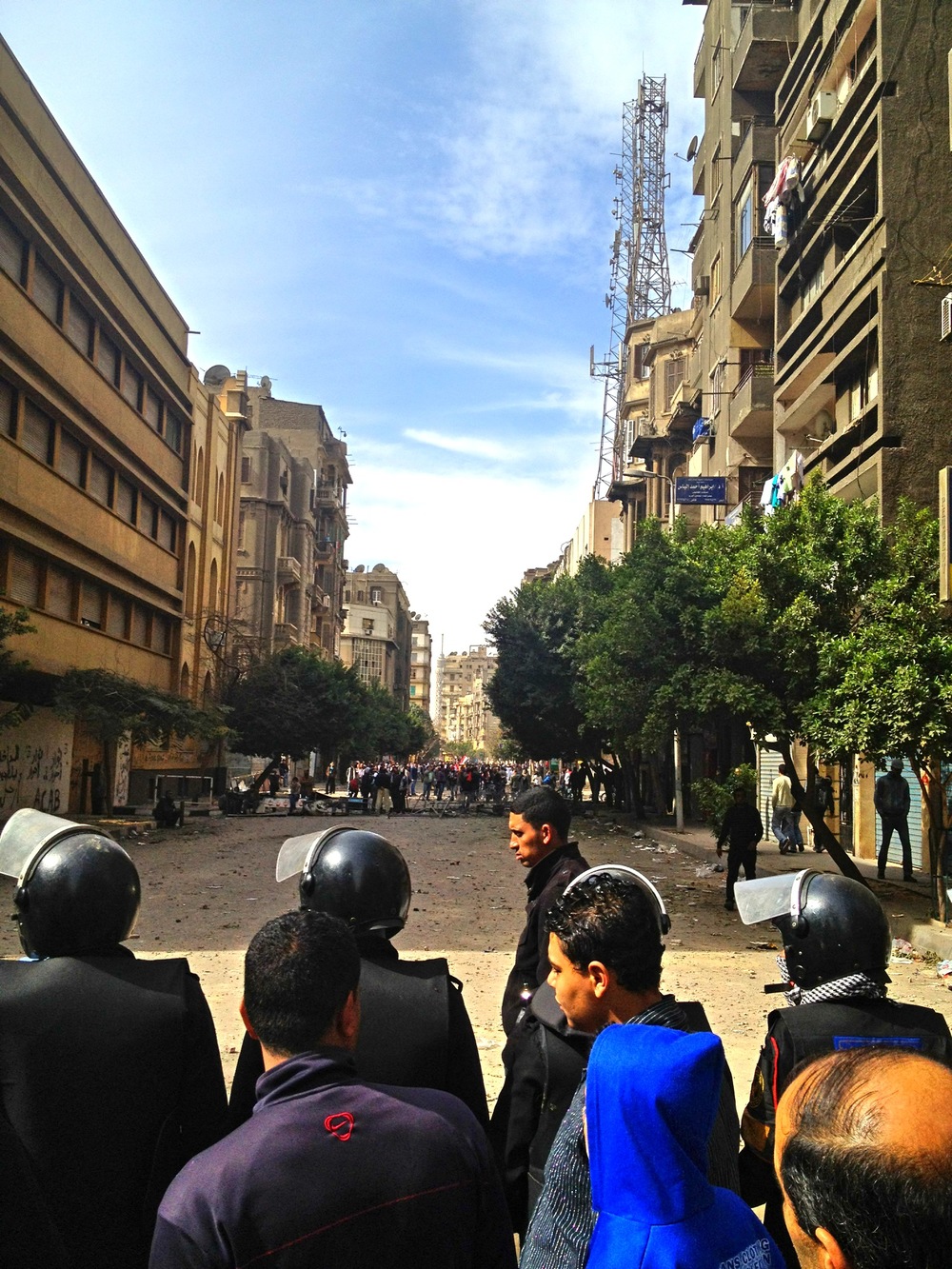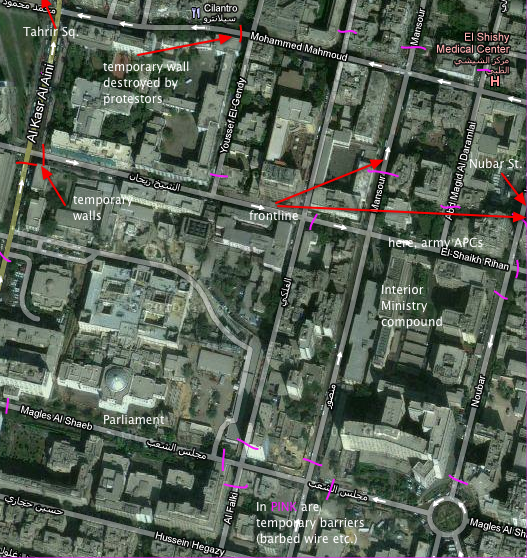Construction of a new stadium near Lusail in the desert of Qatar. December 16 2013 in Lusail, Qatar. Philip Lange / Shutterstock.com
A "plot to buy the World Cup" comes to light, but will raking FIFA over the coals make a difference for Qatar's overheating guest workers?
During the Cold War, Taiwan and the People's of Republic of China routinely threw money at smaller countries in order to get them to switch their recognition from one China to the other at the UN. It was the most blatantly bullion-based diplomacy one could observe then, in a world of it. The World Cup bid involves some dynamics, except - since it is the World Cup - the stakes are even higher than the Two Chinas Policy. Brazil is hosting the next one; then Russia will do so in 2018, and to Qatar goes the 2022 honor. Some football officials have complained about the poor climatic prospects for players in the Gulf's summer heat on that date - yet the heat is even worse for the guest workers barred from organizing unions to protest the policies Qatar exercises over them. As the current controversy in Brazil shows, for the prestige of the World Cup, there are few prices that host countries politicians and their lobbyists won't pay to win that honor.
So far, assertions that "football cannot tolerate a World Cup built on the back of workers’ abuse, misery and blood" have failed to derail the massive Qatari effort. Whether the latest round of scandal will make a difference is yet to be seen. And it is one whale of a scandal, even by FIFA's poor reputation. According to The Sunday Times, Qatar bought up votes from Confederation of African Football (CAF) member associations and important football executives worldwide ahead of the World Cup 2018/2022 vote with lavish junkets and "donations" cumulatively worth millions of dollars.† Potentially compromised parties in Asia, Europe, and Latin America have also been named in the Times, including the infamous (and now censured) Trinidadian ex-FIFA executive Jack Warner. Football associations in Somalia, Cameroon, Djibouti, Sudan, Burundi, the Gambia, Sao Tomé, Zambia, Liberia, Nigeria, Ivory Coast, Swaziland, Togo, and Nigeria were all specifically named in The Sunday Times' expose.
So far, concrete proof of Qatari malfeasance in the run up to the 2010 bid for 2022 been hard to come by, though at least one associate of Qatari football supremo Mohammed bin Hammam was previously suspended and fined when he was caught bragging about the "millions" of pounds he was being offered by two unnamed countries to influence the vote. It is the sort of strategy straight out of the Soviet playbook for the non-aligned countries in the second twentieth century. But if the Times' allegations - drawn from a trove of emails leaked to the paper detailing all of this horse-trading - prove true, then that proof will finally exist. And none too soon for Qatar's competitors, since it is theoretically possible to redo the executive committee's vote or 2022, stripping Doha of its victory.
Bin Hammam, formerly the Qatari head of the Asian Football Confederation and owner of the Kemco construction company, is described as the point man for this effort, disbursing payments and promises here and there ahead of the voting - from personal kickbacks to weekend getaways to promises to back certain associations' pet projects in exchange for their support. Kemco allegedly helped pass some of the coney along, but much of it is said to have delivered personally to the recipients in cash payments of several thousands dollars a head, and via "10 slush funds" he set up for the campaign. Bin Hammam denies such charges, as do all of the people the Times says he wined and dined with in Kuala Lumpur (or elsewhere) to influence the bidding process several years ago.
Once one of the most influential members of FIFA's executive committee, bin Hammam was banned for life from football in 2011 by FIFA after being convicted of bribing the Caribbean Football Union to support his campaign against Sepp Blatter, the incumbent President of FIFA. Mr. Blatter is no fiscal angel himself - the subject of past inquiries about his finances have gone in his favor, though - and even tried to make light of Qatar's human rights record by suggesting that LGBT fans "should refrain from any sexual activities" at FIFA 2022 in Doha. Like the rest of FIFA's executive committee, he now finds himself in hot water over the allegations that a disgraced official, acting behalf on the Government of Qatar, played FIFA like a flute. And strangely, despite his earlier support for the vote (and aforementioned flippancy) even before this scandal broke, Mr. Blatter conceded to persistent criticism that awarding the Cup to Qatar was actually a "mistake."
It goes without saying, but both FIFA and bin Hammam are denying The Sunday Times report, and further follow-up reporting. Qatar's own FIFA team denies any formal relationship with the blackballed bin Hammam. FIFA vice-president Jim Boyce, though, said the body should re-vote if FIFA's top legal counsel, Michael Garcia, finds a paper trail for the alleged bribes in the coming months (Garcia was in fact the lawyer who signed off on the findings that torpedoed bin Hammam's FIFA career, so has a good reputation in this regard).
A second vote would be a PR disaster for Qatar, and if it did not win back the cup in the process, Doha will have sunk millions into the planned city of Lusail and other venues to little gain. One can imagine all of the other Gulf states laughing derisively at the sight of vacant lots and roads to nowhere should this come to pass (construction has not yet advanced very far). That, according to Australian football officials, the United States could secure the 2022 bid if Qatar loses it would be the final insult.
The charges do little to help Qatar's international image since reports began airing over a year ago that hundreds of guest workers, almost all of them from South and Southeast Asia, have died on the job since the bid was won. These have not been for FIFA-related worksites, but general totals: over the past decade, thousands of guest workers have perished in the wider Gulf region. The deaths are not so obvious as fatal falls and electrocutions from high towers, but a combination of long hours in difficult climatic conditions with inadequate housing and healthcare. And there is the matter (difficult to quantify) of a general malaise among workers resulting from their isolation and impoverishment relative to full Qatari citizens. Not to mention their anemic legal rights in-country. But given the amount of work the World Cup is set to generate for foreigner laborers, there has been no slowdown in applications (legal or not) to come and build up Lusail despite the risks.
Qatar has not been handed a red card by FIFA. At best, it's been handed a yellow card, if even that. So, for now, Doha gets to stay on the field.
†Much of the effort was apparently concentrated among CAF members, who control four of the 24 executive committee seats which vote on bids. At least 12 votes are needed to win, and there are unofficial backdoor campaigns going on throughout the process to prevent voters from switching their support (this was a bitter point of contestation between Qatar and the UK, apparently). The 2022 vote actually involved only 22 committee members: 2 had lost their voting rights due to corruption scandals and were not replaced during the process.



